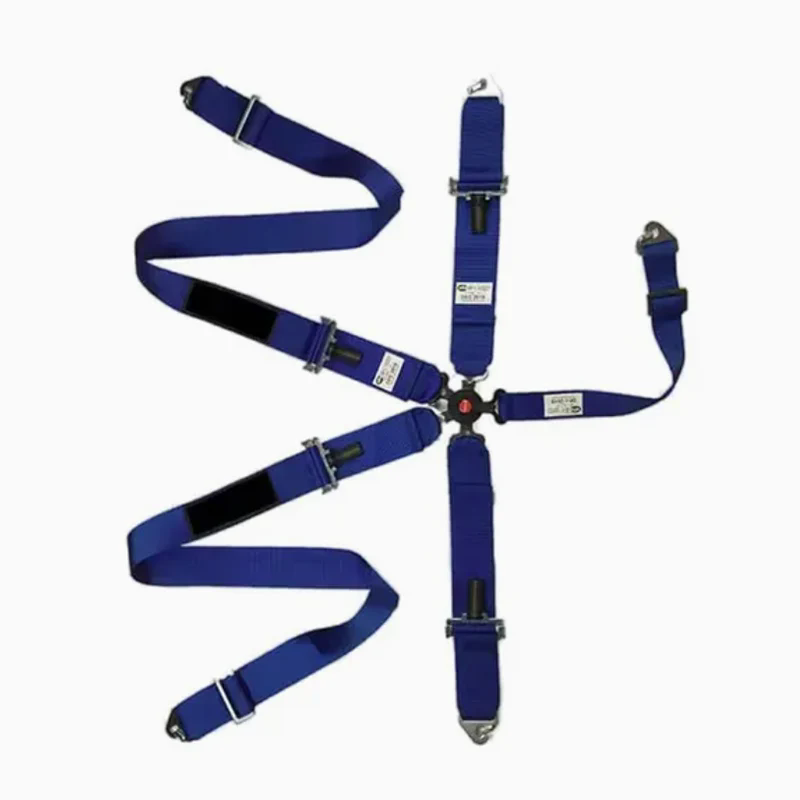Why Are Automotive Seat Belts the Lifesaver You Can’t Ignore?
2025-08-15
When it comes to vehicle safety, Automotive Seat Belts are among the most critical components. Despite advancements in car technology, seat belts remain the first line of defense in preventing severe injuries during collisions. But why are they so essential, and how do they function to protect passengers? This article dives deep into the mechanics, legal requirements, and innovations in seat belt technology while highlighting key product specifications to help you make an informed choice.
The Science Behind Automotive Seat Belts
Automotive seat belts work on a simple yet highly effective principle: restraint and redistribution of force. During a collision, the seat belt locks in place, preventing the occupant from being thrown forward. Modern seat belts feature pretensioners and load limiters, which tighten the belt upon impact and slightly release tension to reduce chest injuries.
Studies show that seat belts reduce the risk of fatal injuries by 45% and moderate-to-critical injuries by 50%. With such compelling statistics, it’s no wonder governments worldwide mandate their use.
Key Features of High-Quality Automotive Seat Belts
Not all seat belts are created equal. Premium seat belts incorporate advanced materials and engineering to maximize safety. Below are the critical parameters to consider:
| Feature | Description |
|---|---|
| Material | High-tensile polyester or nylon webbing for durability and strength. |
| Buckle Mechanism | Steel-reinforced latch plate for secure locking and quick release. |
| Retractor Type | Emergency locking retractor (ELR) or switchable retractor (ALR/ELR). |
| Load Capacity | Withstands forces up to 6,000 lbs in crash conditions. |
| Certifications | FMVSS 209, ECE R16, or equivalent regional safety standards. |
Investing in seat belts that meet or exceed these specifications ensures optimal protection.
Frequently Asked Questions About Automotive Seat Belts
Q: How often should seat belts be inspected or replaced?
A: Seat belts should be checked every six months for fraying, stiffness, or malfunctioning buckles. If any damage is detected, immediate replacement is necessary. Manufacturers typically recommend replacement after 10 years, as materials degrade over time.
Q: Can seat belts be recycled?
A: Yes! Many automotive recycling programs accept seat belts. The webbing can be repurposed into new products, while metal components are melted down for reuse. Always check with local recycling facilities for specific guidelines.
Chuanghecheng: Your Trusted Partner in Automotive Safety
At Chuanghecheng, we prioritize innovation, durability, and compliance in every seat belt we manufacture. Our products undergo rigorous testing to meet global safety standards, ensuring maximum protection for drivers and passengers.
Contact Us today to learn more about our Automotive Seat Belts and how we can enhance your vehicle’s safety features. Our team is ready to assist with bulk orders, customization, and technical support.
